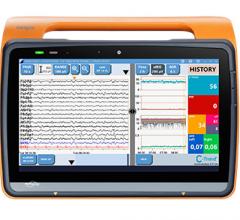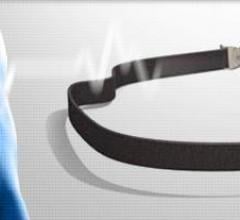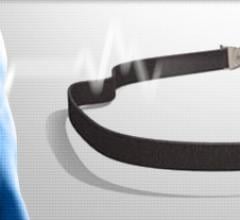January 7, 2009 – Every year, more than 500,000 people have coronary bypass surgery, and according to a New England Journal of Medicine study, more than half of those patients suffer from post-operative cognitive decline after their bypass due to the depth and duration of brain oxygen desaturation during these procedures.
A new study published in the January issue of Annals of Thoracic Surgery reveals a significant factor that contributes to patients emerging as a “different person” after coronary artery bypass graft (CABG) surgery and what can be done to prevent it. This prospective, randomized, blinded study of 240 CABG patients from 2004 to 2006 examined whether decreased regional cerebral oxygen saturation (rSO2) predicts cognitive decline and prolonged hospital stay.
Common symptoms can include problems with memory and learning, attention and concentration, use of language, overall thinking and several other mental functions. Cognitive decline’s effects can last a lifetime and can fundamentally change a person from who they were prior to surgery.
James P. Slater, M.D., cardiothoracic surgeon at Atlantic Health System, Morristown, N.J., identifies in a study published this month that there is a specific depth and duration of brain oxygen desaturation that is significantly associated with an increased risk of cognitive decline as well as a prolonged hospital stay following CABG surgery. Based on this data, he derived a formula using depth and duration of brain desaturation that clinicians can follow to lessen the chance of cognitive decline. Specifically, Dr. Slater found a greater than two-fold increase in the odds of developing cognitive decline in patients who exceeded his cerebral de-oxygenation formula. Similarly, these patients experienced a nearly three-fold increase in the risk of having a longer hospital stay (more than six days).
Dr. Slater used cerebral oximetry technology in order to enhance the safety of his patients. He used the INVOS System, which uses noninvasive sensors adhered to the forehead that emit infrared light to monitor the patient’s blood oxygen levels. The system alerts physicians to oxygen deprivation so they can intervene to correct the condition before damage can occur.
The manufacturer says the INVOS technology has been embraced at more than 700 U.S. hospitals.
For more information: ats.ctsnetjournals.org, www.somanetics.com


 December 26, 2023
December 26, 2023 








